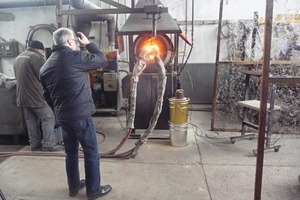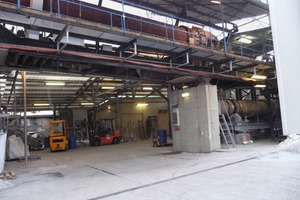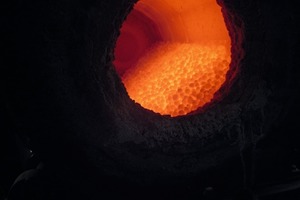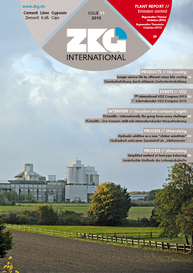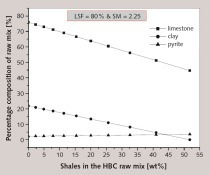Hydraulic additive as a new “clinker substitute”
During the last four years, a hydraulic additive has been developed as a clinker substitute in the course of a research project at the Wopfinger Baustoffindustrie GmbH. The goals of the project were to provide the cement industry with an effective opportunity to reduce its CO2-emissions, to achieve economic advantages and to be able to produce the new product in existing cement plants.

